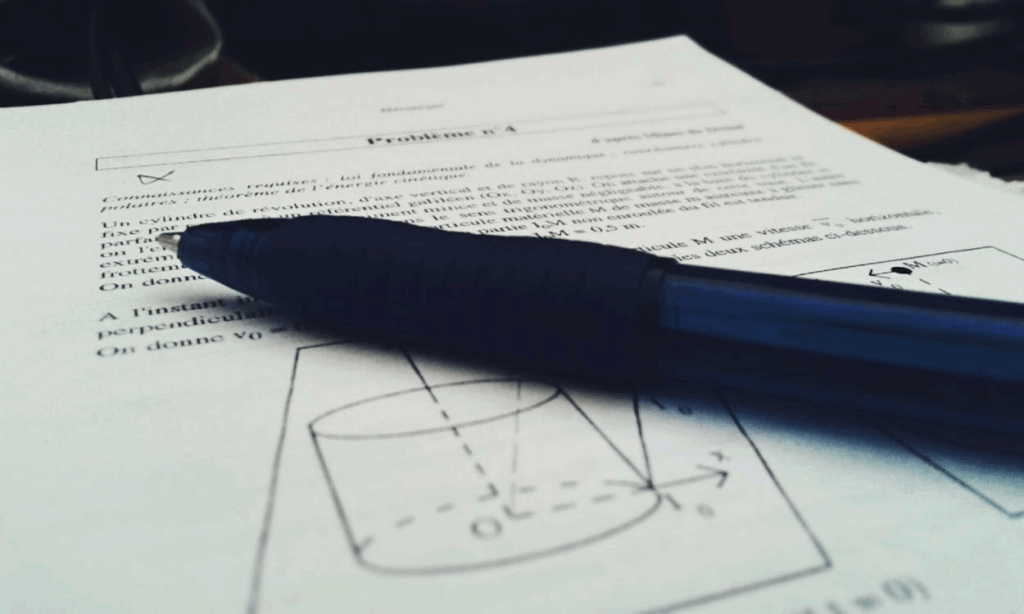Hawking’s Stance on a Theory of Everything
Stephen Hawking, one of the most famous scientists of our time, doubted that we could ever find a “Theory of Everything”—a single set of rules that explains the whole universe.
He believed that combining two big ideas in physics—General Relativity (which explains space and gravity) and Quantum Mechanics (which explains tiny particles)—might be impossible. The main problem? Time doesn’t fit neatly into both.
Hawking’s doubts influenced scientists for decades. Many stopped chasing the dream of unifying physics.
But now, a new book called The Greatest Source of Energy: A New Theory of Time by Lamont Williams offers a different take. It suggests Hawking may have missed something important.
What Is Temporal Energy Theory?
Williams introduces something called Temporal Energy Theory (TET). It treats time not just as a clock or dimension but as a kind of energy made of particles.
These particles—called t⁺, t⁰, and t⁻—move faster than light and help power the universe. According to TET:
- Space releases t⁺ particles.
- Matter transforms them into t⁻ particles.
- Outer space recycles them in a loop called temporal respiration.
This cycle could solve the very “problem of time” Hawking thought was unfixable.
Challenging Hawking’s Problem of Time

Hawking argued that time disappears when you try to mix relativity and quantum mechanics. That’s why he thought a Theory of Everything wasn’t possible.
Williams disagrees. He says that different flows of time-particles (t⁺ turning into t⁻ and back again) cancel each other out in equations. That cancellation creates the paradox Hawking saw—not an actual flaw in the math.
If true, this could connect gravity and quantum forces under one idea, giving scientists a way forward.
Why the Debate Still Matters
Because of Hawking’s reputation, many scientists gave up on the Theory of Everything. But in 2025, the debate is still alive.
Williams’ Temporal Energy Theory gives people a new reason to believe unification might be possible. He explains it with simple comparisons—like seeing the universe as an electric circuit—so readers can imagine how it works.
Hawking might not have been aware of TET as he thought things through, which keeps this debate open.
Beyond Physics: Bigger Implications
TET doesn’t just aim to unify physics. It also offers new ways to look at big mysteries like:
- The Big Bang
- Dark energy
- How consciousness might connect to the universe
Williams argues that time-as-energy could explain these puzzles better than old theories.
So, was Hawking too quick to dismiss a Theory of Everything?
The Greatest Source of Energy: A New Theory of Time says yes. It challenges Hawking’s doubts and suggests that time itself could be the key to unifying the universe.
Whether or not TET is right, it sparks hope and curiosity. And maybe that’s enough to keep the dream alive.
Learn more at www.GreatestSourceofEnergy.com.
